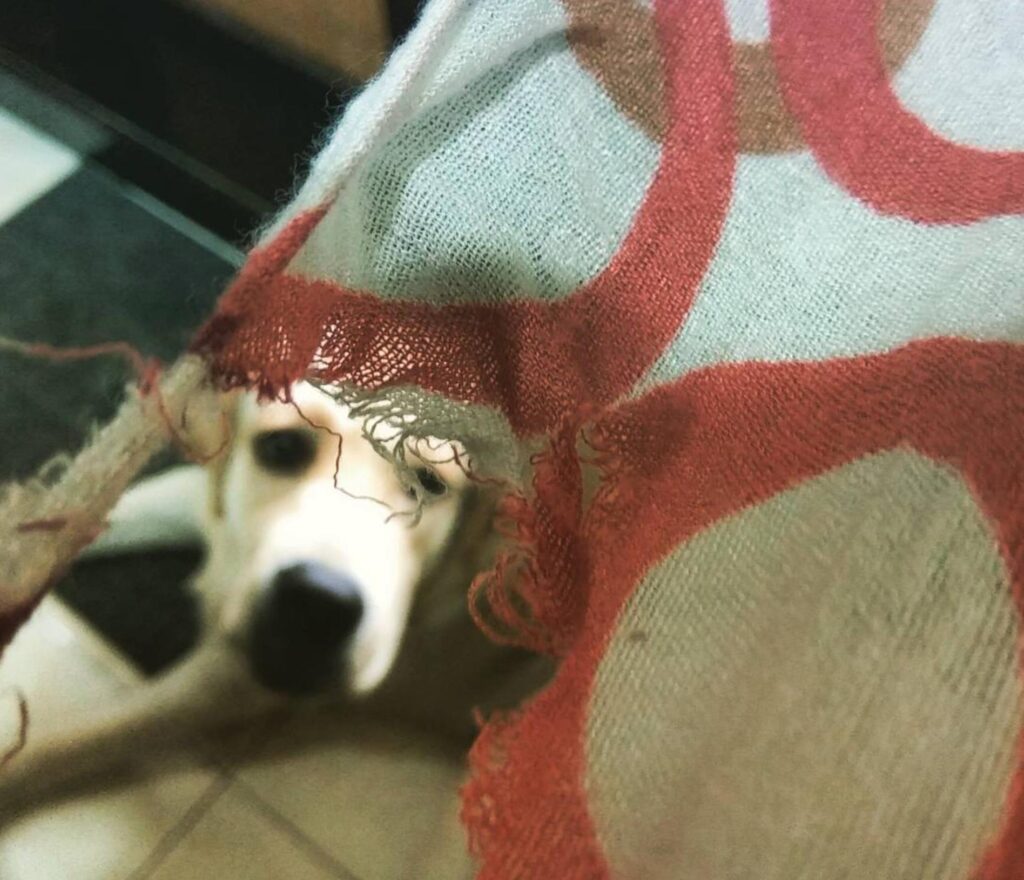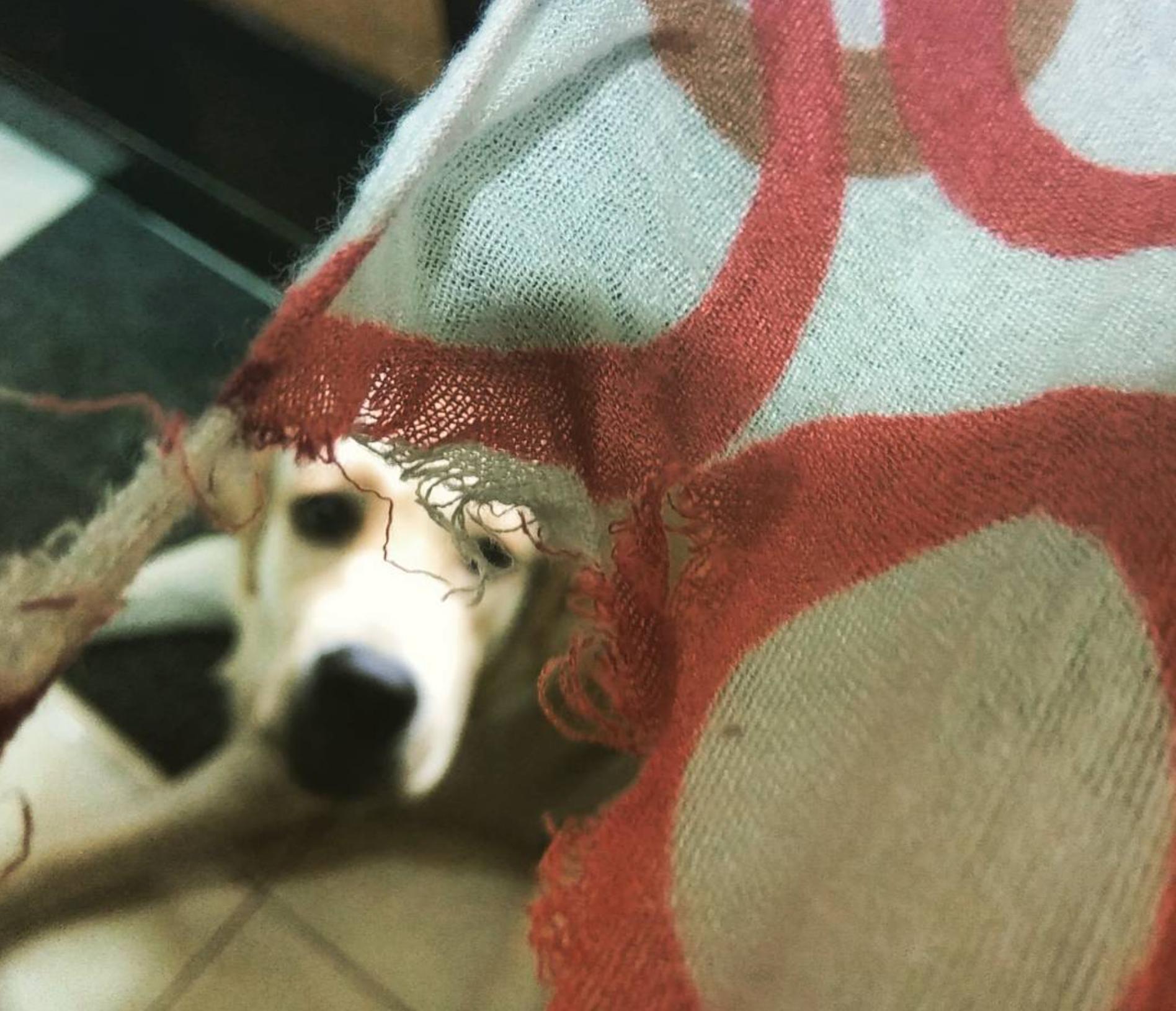(Based on my 9 years of training my Labrador, Fido)
Dog training isn’t just about teaching your pup tricks — it’s about building a language between you and your dog. When done right, it’s the difference between a dog that simply “lives with you” and one that truly connects with you.
I learned this the hard (and sometimes hilarious) way with my Labrador Retriever, Fido.

In the early days, he thought “sit” meant “zoom across the living room,” and “stay” meant “come lick your face immediately.” But over time, with patience, consistency, and a few pockets full of treats, we built a bond where he actually listens (most of the time).
This guide is a mix of science-backed training principles and real-life pet parent experience — designed to work whether you’ve just brought home a bouncy puppy or you’re helping an older rescue dog settle in.
1. Understanding How Dogs Learn
Before we jump into “how to train,” we need to talk about how your dog’s brain works.
Dogs don’t speak human language (shocker!), but they are incredible at associative learning — meaning they connect actions with outcomes.
There are two main principles to keep in mind:
- Positive Reinforcement – Rewarding good behavior so your dog wants to repeat it. (Think treats, praise, belly rubs.)
- Consistency – Using the same commands, tone, and timing so your dog actually understands what you mean.
Fido Example:
When Fido was a pup, every time he sat before crossing the road, I gave him a treat right away. Over time, he started sitting automatically — no command needed.
2. The Puppy Training Stage (8 weeks – 6 months)
Puppies are like toddlers with fur. Their attention span is short, their energy is endless, and their curiosity… well, let’s just say my sofa still has scars.
Focus Areas for Puppies
- Name recognition – Say their name, reward when they look at you. In initial stage, do not confuse them by calling in multiple names. Try keeping it consistent.
- House training – Take them out every 2–3 hours and praise them for going potty outside.
- Basic commands – Start with “sit,” “stay,” “come.”
- Socialization – Introduce them to new people, dogs, sounds, and places.
Pro Tip: Keep sessions short — 5 to 10 minutes, 2–3 times a day. Puppies burn out fast.
3. Adolescent Dogs (6 months – 2 years)
Ah, the teenage phase — where they suddenly “forget” everything you taught them.
Challenges in This Stage
- Testing boundaries
- More energy than sense
- Distraction by literally anything
Training Goals
- Reinforce basic commands daily
- Introduce leash manners (no pulling!)
- Teach impulse control — like waiting at doors and not jumping on guests
Fido Example:
At 10 months, Fido thought jumping in car meant we’d get to the park faster. Switching to a front-clip harness and rewarding him for walking next to me changed everything.
4. Adult Dogs (2 years and older)
Adult dogs are calmer, but that doesn’t mean training stops. In fact, this is when you can start advanced training and even fun activities like agility or scent work.
Why Keep Training?
- It keeps their brain active.
- It strengthens your bond.
- It prevents behavior issues from creeping in.
5. Positive Reinforcement Techniques
If I could give one piece of advice to every dog parent: reward the good, ignore the bad (where possible).
Types of Rewards
- Food treats – High-value ones like chicken or cheese for tough situations
- Praise – Dogs do love hearing “Good boy!” in that silly voice
- Play – Tug, fetch, or chase games
Important: Timing is everything — reward within 2 seconds of the behavior for the best results.
6. Common Training Mistakes to Avoid
- Being inconsistent – If “off the couch” is the rule, it’s always the rule. If we change rules of a certain things, they get confused. It is difficult for them to operate based on situation like Human can do. Like we might be lying down on our couches at home but when we go as a guest, we behave. For Dogs its difficult to understand the difference.
- Overusing punishment – It can cause fear and damage trust. Dogs will start keeping distance from you if punishment is the only or majority way you will use.
- Training only at home – Dogs need to learn commands in different environments.
7. Problem Behaviors and How to Fix Them
Jumping on guests – Teach “sit” at the door and reward calm greetings. Fixing this behaviour in Puppy phase, helps a lot as later on 30KG Dog when jumps, many mishaps can happen 🤪
Pulling on leash – Stop walking when they pull, resume only when the leash is loose.
Barking at everything – Teach “quiet” by rewarding silence, not yelling “stop” (which sounds like barking back to them).
8. Mental Stimulation – The Secret to a Happy Dog
A tired dog is a happy dog, but physical exercise alone isn’t enough. Dogs need mental exercise too. This is most comon missed / ignored thing. Keeping a dog mentally active can contribute a lot in overall health
Ideas:
- Puzzle toys
- Hide-and-seek with treats
- Teaching new tricks regularly
- Allowing them to sniff on walks. Its one of the important activity as they understand the surroundings through their nose.
Fido’s Favorite: Hiding his tennis ball under plastic cups and making him “find it.”
9. Training Tools – What Works & What to Avoid
Useful:
- Clicker
- Front-clip harness
- Long training leash
Avoid, If not, get yourself checked by Doctor 😅:
- Shock collars (can cause fear and aggression)
- Choke chains (risk of injury)
10. The Emotional Side of Training
Training isn’t just mechanics — it’s about trust, patience, and empathy.
Some days your dog will nail every command. Other days they’ll look at you like, “I have no idea what that word means.” And that’s okay.
Dogs live in the moment. If we can approach training the same way — with joy, patience, and a sense of humor — it becomes something you both look forward to.
Final Thoughts
Dog training is a journey, not a destination.
It’s about building a relationship where you both feel understood.
Nine years in, Fido surprised me — sometimes by obeying perfectly, sometimes by stealing my sandwich mid-bite. But every moment we’ve spent training has made our bond unshakable.
If you remember one thing from this guide, let it be this: Training is not about control, it’s about communication.
💬 What’s next?
Start with one command this week, keep it consistent, and celebrate small wins. Trust me, in a few months, you’ll look back and wonder how far you’ve come.

